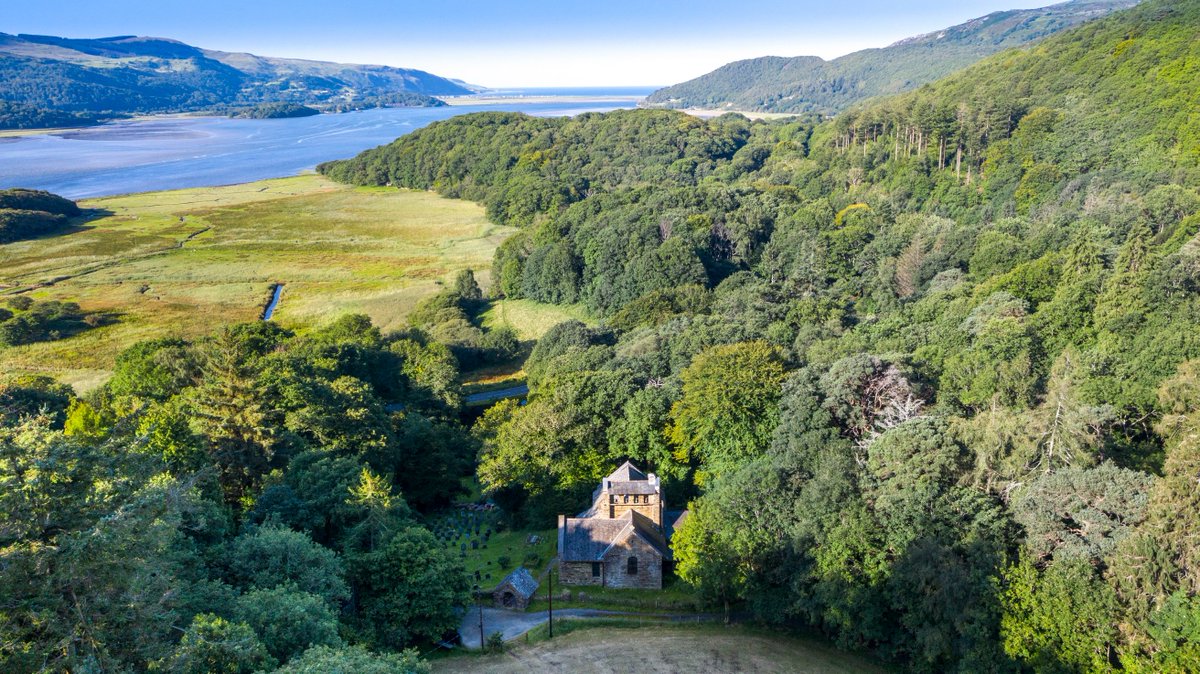
When we took St Denis’s, East Hatley into our care in 2017. It had been empty since 1961. The windows were left to rot till they fell out, the openings boarded up. We thought all glazing had was long lost until, a man called us to say he had some fragments in his shed...
#thread
#thread

I went to meet him. He carefully pulled out some fragile fragments from a shelf. It was an angel’s face, one wing, and some brightly-coloured arcs. He had found them in the churchyard in 1985 and kept them safe for 33 years.
2/
2/

We’ve been restoring St Denis’s in stages, as funds permit. In 2018, we put in new floors and plain glazing to the nave windows. Right now, we’re conserving the much-damaged Butterfield scheme on the chancel walls, and restoring glazing to the chancel windows.
3/

3/


There chancel was filled with a lot of masonry debris. One day, our terrific local volunteer, Joyce, was looking over these fragments, when she spied *more* glass fragments!!
4/
📸: @badger_beard ♥️

4/
📸: @badger_beard ♥️


This was a fantastic find as the distinctive writing enables us to attribute the glass to Alexander Gibbs.
5/
5/

A favourite of Butterfield, Gibbs worked with the architect at All Saints’, Margaret Street, London. Gibbs created the tiled panels in the north wall of All Saints in 1874 – the same year he executed the stained glass at East Hatley, Cambridgeshire.
6/
6/

These fragments are now with our glazier and will be incorporated in their fragmented form into the new windows. This church has been through a lot, and we want the windows to tell its story.
7/
7/

• • •
Missing some Tweet in this thread? You can try to
force a refresh























